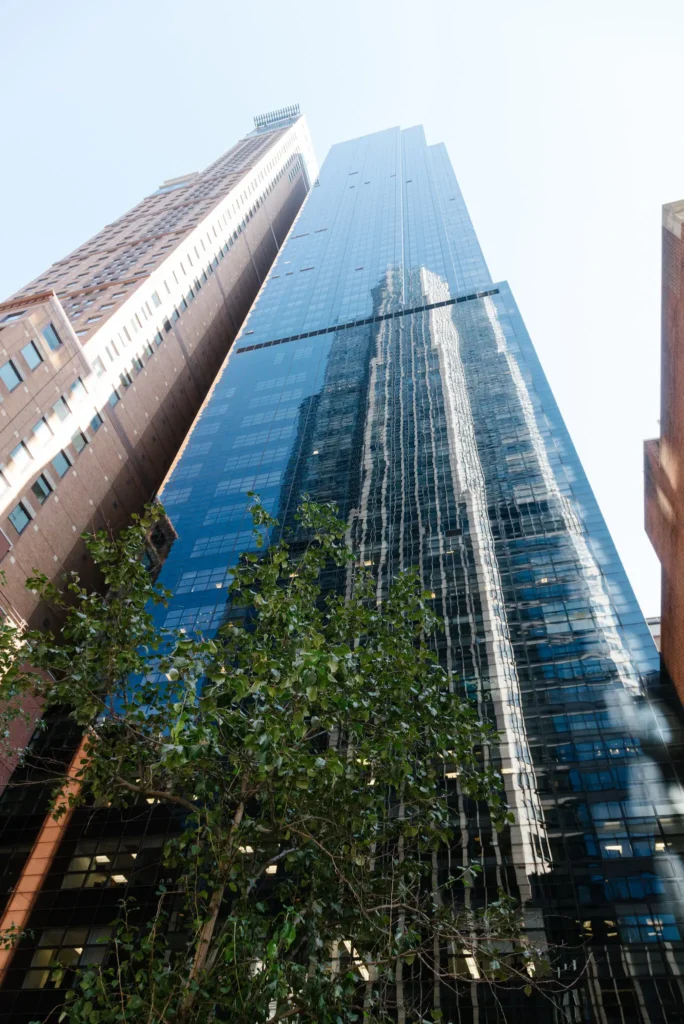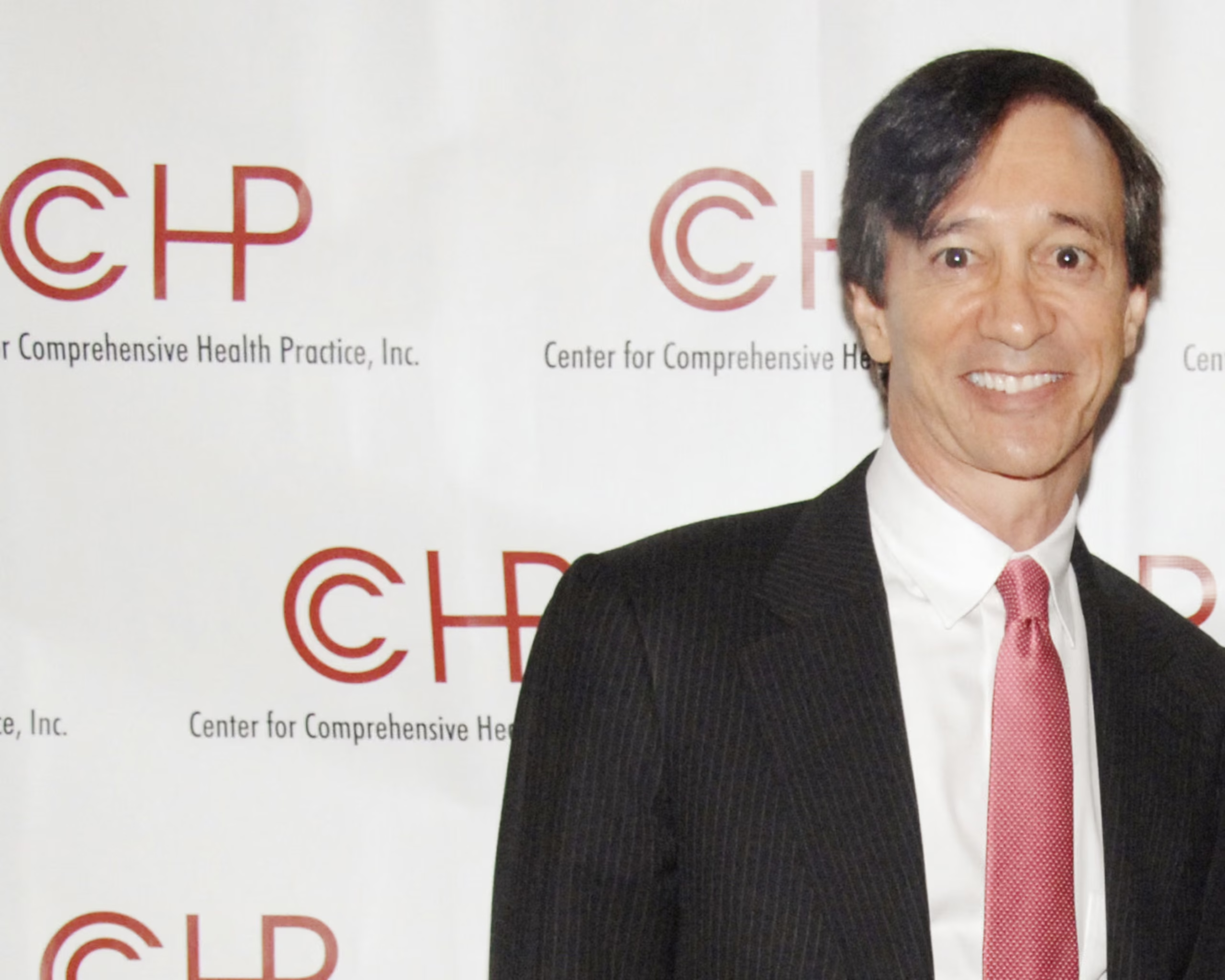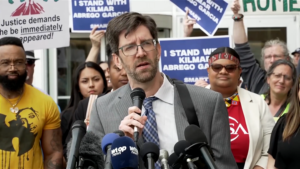The Dark Allegations Behind the Headlines
Howard Rubin, a once-celebrated Wall Street financier, is now at the center of a shocking federal indictment alleging a decade-long scheme of sex trafficking and violent abuse. The case, made public in September 2025, accuses Rubin and his former assistant Jennifer Powers of orchestrating a web of coercion, manipulation, and physical violence involving dozens of women across the United States. The operation allegedly pivoted around a Manhattan penthouse converted into a soundproof BDSM “sex dungeon.”
Who Is Howard Rubin — From Finance to Felony
Born into finance, Howard Rubin built a distinguished career on Wall Street. He worked at firms such as Salomon Brothers, Merrill Lynch, Bear Stearns, and served in a portfolio role at Soros Fund Management. Over time, he cultivated a polished public persona as a savvy investor and fund manager, even being referenced in financial memoirs and circles.
Yet behind that veneer, prosecutors now allege, lay a chilling double life. According to the U.S. Attorney’s Office (Eastern District of New York), Rubin — also known by nicknames “Howie” or “H” — and Powers lured women across state lines to engage in commercial sex acts with Rubin, sometimes under conditions that exceeded their consent. The indictment, unsealed on September 26, 2025, charges Rubin with 10 counts including sex trafficking, transporting women for prostitution, and a related charge of bank fraud tied to his financing of Powers’s mortgage.
The civil record also plays a role here. In 2017, a group of women sued Rubin and Powers in civil court, accusing them of similar sex trafficking and abuse. A jury awarded $3.9 million to the plaintiffs after finding Rubin liable (while exonerating Powers). That verdict is under appeal.
In short: Rubin’s financial prestige contrasts starkly with the grotesque criminal allegations now front and center.
The Alleged “Sex Dungeon” and How the Operation Worked
Central to the indictment is Rubin’s Manhattan penthouse, which prosecutors claim was converted from 2011 to 2017 into a sexually abusive “dungeon.” The bedroom was reportedly painted red, soundproofed, equipped with bondage gear, restraints, and devices that could administer electric shocks.
One key component: the “safe word.” While Rubin allegedly offered women a safe word to halt abuse, the indictment contends he ignored it, continued beyond it, or gagged victims rendering them unable to protest. In some instances, women were bound or gagged, passed out, or otherwise incapacitated during the acts. The charges assert these acts went well beyond what was agreed or consented to.
Jennifer Powers, Rubin’s former assistant, is accused of managing the entire logistics: recruiting women (some of whom were former Playboy models), arranging travel, organizing nondisclosure agreements (NDAs), and maintaining the so-called dungeon. Prosecutors say Rubin financed nearly every facet of Powers’s life since 2012, including her apartment rent, mortgage, and her children’s schooling.

To conceal suspicious large payments, Powers allegedly routed payments in smaller amounts via wire transfers, PayPal, or Venmo — deliberately avoiding $10,000 thresholds that trigger mandatory financial reporting. Over the life of the scheme, Rubin and Powers are accused of spending more than $1 million recruiting and paying victims.
Notably, the scheme wasn’t just confined to New York. Prosecutors say Rubin trafficked at least one woman in 2018 to Las Vegas for abuse.
The Victims: Who They Were, What They Endured
According to the indictment and earlier press reports, the women targeted were often vulnerable — struggling financially, with histories of trauma or substance abuse.The recruitment strategy allegedly involved luring them under promises of legitimate modeling or performance opportunities, then coercing them into brutal acts with threats, non-disclosure agreements, or payment.
The charges name ten women as “Jane Does #1–10,” but prosecutors believe many more were victimized. Some endured bruises, bleeding, psychological trauma, or required medical treatment after the sessions. Several women in earlier civil suits described sustained sexual violence, humiliation, and threats meant to silence them. The dangers they faced were not just physical — the use of NDAs and threats of litigation were alleged methods to prevent reporting or disclosure.
One victim from earlier litigation claimed that breast implants were damaged during abuse, and Rubin then paid for corrective surgery. Such details highlight the extreme violence and refusal to respect boundaries alleged in the indictments.
Because of the nature of the acts, many victims may fear coming forward. The existence of NDAs, potential defamation claims, and the power imbalance between victims and a wealthy financier may further suppress disclosure. This makes the unsealing of this case and media coverage critical for accountability and visibility.
The Legal Case: Charges, Risks, and Defense Posture
The government’s case was officially laid out in a public press release by the U.S. Attorney’s Office, framing Rubin and Powers as defendants in a carefully mapped sex trafficking scheme. Rubin was arrested in Fairfield, Connecticut; Powers in Southlake, Texas. They face a combined 10-count indictment in Brooklyn federal court.
Key charges include:
- Sex trafficking of women via force, fraud, or coercion
- Transporting women across state lines (interstate commerce) to engage in prostitution
- Bank fraud tied to misrepresentations in financing Powers’s mortgage
- Violations of the Mann Act (pertaining to interstate transportation for illicit sexual purposes)
If convicted, Rubin and Powers face a mandatory minimum of 15 years in prison per applicable trafficking charges, and up to life for more extreme violations. The bank fraud charges alone carry up to 30 years.
At his initial arraignment, Rubin pleaded not guilty. He requested release on a $25 million bond, but the judge denied it, citing flight risk and danger to the community. He remains detained. Powers is likewise detained pending further proceedings.
Rubin’s defense may lean upon the contested civil trial from 2017, disputing the foundation of earlier claims. They might challenge the validity of NDAs, question the credibility of witnesses, and argue consent. However, prosecutors have documented a trove of details and alleged patterns of abuse that may prove difficult to dismiss.
The DOJ and FBI have made clear in press statements that they regard no one — even wealthy financiers — as exempt from accountability. The case also involves coordination across federal agencies given the financial fraud and interstate elements. Department of Justice
Wider Implications & Comparisons with Other Cases
This case echoes disturbing patterns seen in other high-profile sex trafficking prosecutions: powerful individuals leveraging status, wealth, and intimidation to exploit vulnerable people. The use of NDAs and silencing tactics has become a common tool in such cases to suppress disclosure.
The Rubin case is also notable because of the alleged sophistication of the logistics — from flight arrangements to structured payments designed to avoid financial reporting — and the fusion of violent sexual abuse with organized trafficking. It’s more than a “consensual BDSM gone bad” narrative; the indictment frames it as a systematic criminal enterprise. Reuters
What to Watch Next: Legal Timeline & Accountability
1. Further Court Proceedings: Rubin and Powers must be formally arraigned and face pretrial motions. Discovery (evidence exchange) will reveal how many more victims exist, how documentation is handled, and perhaps internal communications or logs.
2. Victim Testimonies & Civil Cross-Action: More women may come forward post-indictment. Some may already have NDAs but may challenge their enforceability in criminal or civil settings. Additional civil suits may accumulate.
3. Financial Trails & Asset Freezes: The bank fraud charge suggests investigators may trace real estate, money movement, and relationships between Rubin and Powers. Seizure or freezing of assets may follow.
4. Public and Institutional Fallout: The financial industry, philanthropic organizations, and institutions connected to Rubin may face reputational scrutiny or calls to divest or disassociate.
5. Legal Precedents for NDAs & Consent Protections: If courts reject or limit NDAs used to shield abuse, this case could become a legal benchmark for future trafficking or sexual violence cases.
6. Broader Awareness & Policy Response: The case may catalyze stronger federal regulation, victim protection statutes, or oversight into high-net-worth individuals suspected of trafficking.
Conclusion: Why This Story Matters
The Howard Rubin sex trafficking case is about far more than scandalous headlines. It probes the dark undercurrents of power, exploitation, and inequality. A man who once commanded influence is now facing charges that, if proven true, depict years of facilitating sexual violence under the cover of wealth.
For victims, this indictment could open pathways to justice long denied. For society, it prompts reflection on how security, privilege, and silence can shield monstrous acts — until someone dares to shine a light.
As we watch this case unfold, one thing is certain: no one is above the law, and no secret room can stay dark forever.
Subscribe to trusted news sites like USnewsSphere.com for continuous updates.





